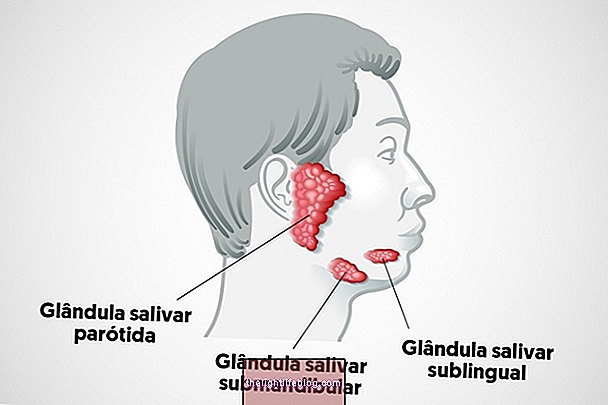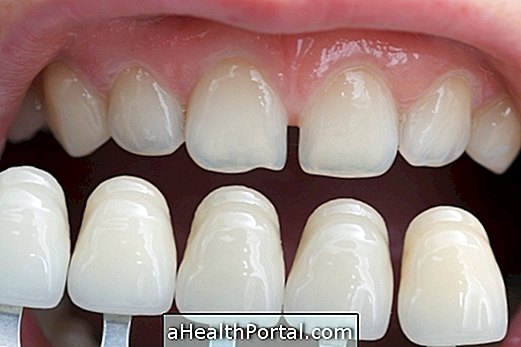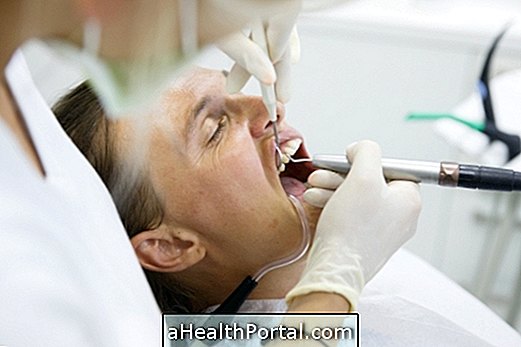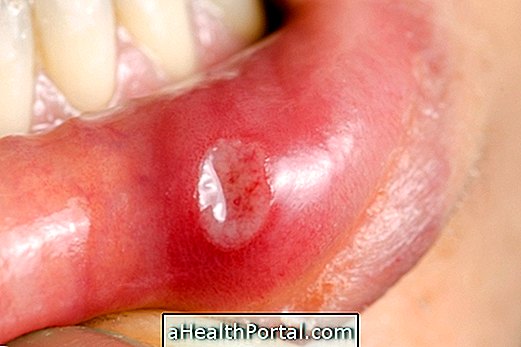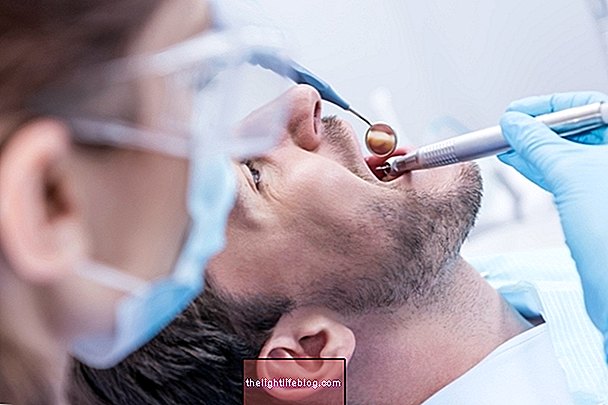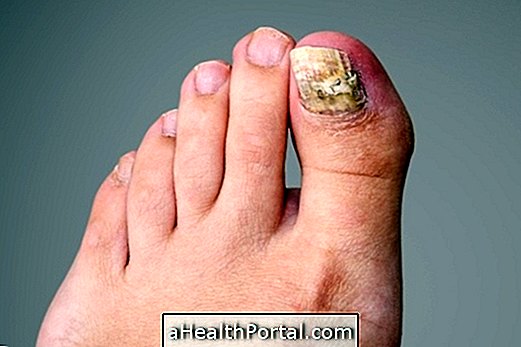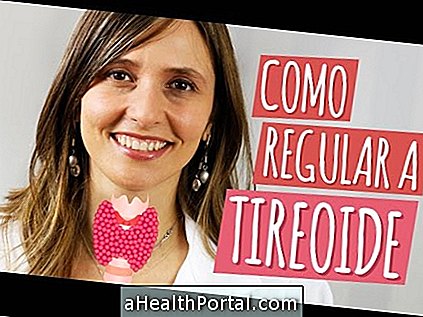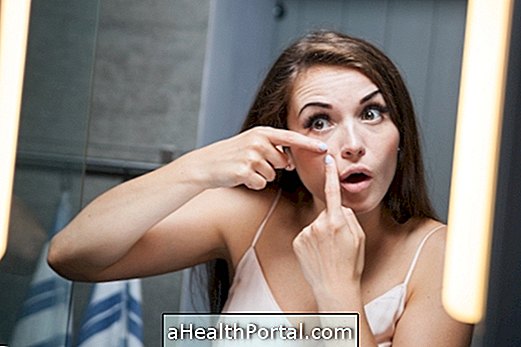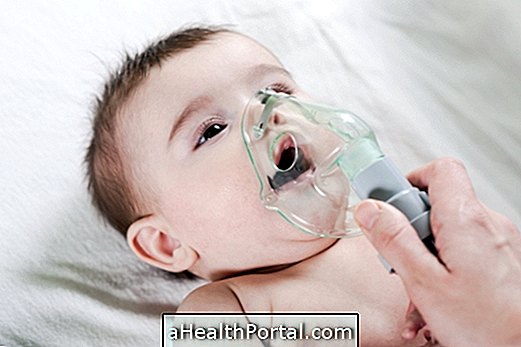The orthodontic appliance is used to correct bent and misaligned teeth, to correct the crossbite and to prevent dental occlusion, which is when the upper and lower teeth touch when closing the mouth. Know the types of dental occlusion and how to treat.
The time of use of the appliance depends on the purpose of the use and the severity of the problem, and may vary from months to years. It is important that problems in the gums or teeth are resolved before the appliance is placed.
After placing the appliance it is important to perform oral hygiene correctly, using dental floss and an interdental brush, in addition to going to regular consultations with the dentist so that the appliance can be maintained.
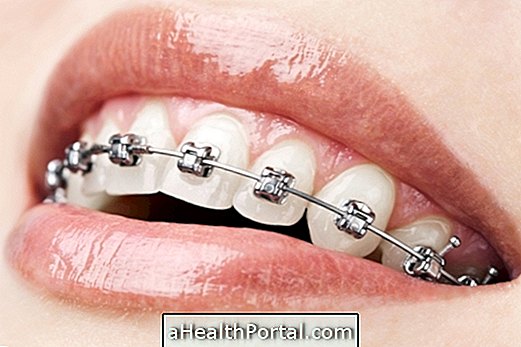
Types of dental appliances
Dental appliances are used for the purpose of correcting crooked and misaligned teeth and thus improving the person's smile. The main types of dental appliances are:
1. Fixed device
The fixed appliances are used to promote the alignment of the teeth, which is done by means of mechanical force that moves the teeth, putting them in place. This type of appliance requires greater care at the time of oral hygiene, and floss and an interdental brush should be used to avoid food accumulation and plaque formation.
People who use this type of appliance should go to the orthodontist monthly to maintain the appliance.
2. Fixed aesthetic apparatus
This type of appliance is also used to straighten the teeth is the same as the common fixed appliance, consisting of wires and brackets (popularly known as squares), however they are more discreet, since they are made with a more transparent material such as porcelain or sapphire, having a higher price.
The aesthetic fixed apparatus containing the porcelain squares are sturdy and have the most affordable price that the sapphire, which is even more transparent, remaining virtually invisible close to the tooth.
3. Lingual apparatus
The lingual appliance has the same purpose as the fixed appliance: to promote the alignment of the teeth. However, in this type of appliance, the brackets are placed on the inside of the teeth, staying in contact with the tongue and being considered invisible. Because of this, this type of apparatus is indicated for people who practice sports of greater contact, like boxing and American football, for example.

4. Mobile device
The mobile device is suitable for children up to 12 years of age who have or do not have the definitive dentition. This type of device is used to stimulate changes in the bone structure and to keep the teeth in the correct position, and it is also recommended to use them after removing the fixed appliance to prevent the teeth from returning to the initial position.
5. Palatal extensor device
This type of device promotes an increase in the width of the palate, also known as the roof of the mouth, and is effective for children who have a cross-bite, which is a misalignment of the teeth characterized by non-alignment of the upper and lower teeth when closed the mouth, leaving the crooked smile. In the case of adults, the cross-bite correction is done by means of a surgical procedure. Learn how to identify the crossbite.
Care after placing the appliance
After placing the appliance, especially fixed, it is necessary to have some special care, such as:
- Improve oral hygiene habits by using an interdental brush in addition to dental floss, which facilitates cleaning between the teeth or any other site of the mouth that is difficult to access and represents a favorable site for the formation of bacterial plaques;
- Avoid hard, sticky or large foods as they can damage the appliance and, in the case of sticky foods such as chewing gum or caramel, for example stick to your teeth and encourage the formation of plaques - Understand what it is and how to remove plaque .
In the case of mobile devices, it is important to avoid storing them in paper towels or napkins, for example, and when putting them back in the mouth, it is important to carry out the hygiene not only of the mouth, but also of the appliance with specific appliances.
It is common that after the placement of the appliance, mainly fixed, occurs the formation of aphthas in the lips or gums, which is normal, since friction occurs between the appliance and the mucosa of the mouth, leading to the formation of minor trauma. This is why the dentist usually recommends the use of resin or wax to protect and prevent the formation of thrush. Check out some home-made options to get rid of the cold sore.
